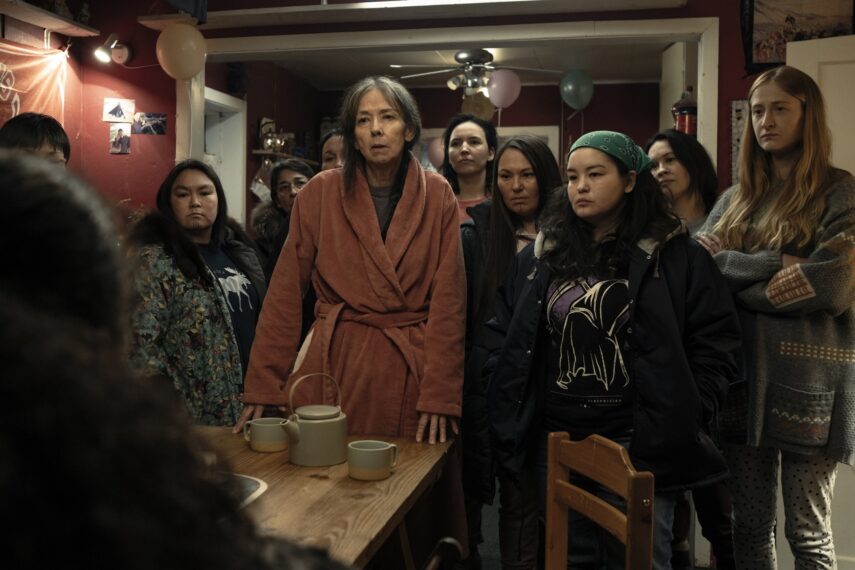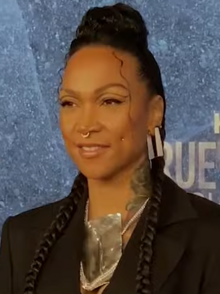By Trace Hentz, blog editor
In the new book ALMOST Dead Indians, the expectation of dead Indians is pretty evident: after first contact: 1,000+ massacres, slavery, plagues they spread via blankets, rotten food commodities, poisons that killed entire tribal communities, numerous scalp bounties, then the Lake Mohonk rich men like General Pratt suggesting all kids attend residential boarding schools (Carlisle Indian Industrial School) - these ideas were the best way to assimilate and KILL THE INDIAN and SAVE THE MAN... it's all there... we have proof.
But looting graves and theft was yet another way to kill the Indian, to hide what they did: plus they'd make money, get a college degree from somewhere, while they leveled and robbed thousands of mounds (and tribal massacre sites) that held our dead and our sacred items. See a pattern here?
It was expected we would all die... sooner than later... one way or the other.
Looting is proof. Our bones in museum collections is more proof. These museums and the looters got caught red-handed. Now they will pay for this atrocity. We are exposing them.
For centuries, Native people had everything stolen from them –
their lands, their water, their languages, and even their children. It
wasn’t that long ago that it was the official policy of the United
States government to terminate the existence of tribes and forcibly
assimilate their citizens. And a big part of that unrelenting, inhumane
policy was that the remains of Native ancestors and culturally
significant items were also taken from them. Not with permission, but by
force. Not discovered, but stolen. On battlefields and in cemeteries,
under the cover of darkness or the guise of academic research.
Think about that. The U.S. government literally stole people’s
bones. Soldiers and agents overturned graves and took whatever they
could find. And these weren’t isolated incidents – they happened all
across the country. In my home state of Hawai‘i, the remains of Native
Hawaiians – or iwi kūpuna as they’re called – were routinely pillaged
without any regard for the sanctity of the burials or Native Hawaiian
culture.
And all of it was brought to some of the most venerable
institutions – at home and abroad -- to be studied like biological
specimens…displayed in museum exhibits as if they’re paintings on
loan…or squirreled away in a professor’s office closet, never to be seen
again.
The theft of hundreds of thousands of remains and items over
generations was unconscionable in and of itself. But the legacy of that
cruelty continues to this day because these museums and universities
continue to hold onto these sacred items in violation of everything that
is right and moral – and importantly, in violation of federal law.
read more: https://nativenewsonline.net/sovereignty/senate-committee-on-indian-affairs-chair-schatz-demands-institutions-to-return-native-remains-and-items-to-tribes
Free BOOK PDF: email: tracelara@pm.me
*
TODAY on NATIVE AMERICA CALLING
Why are museums taking down Native exhibitions?
New language in the
Native American Graves Protection and Repatriation Act (NAGPRA) is
prompting museums to pull some Native items from public display. The
rule went into effect in January that requires museums to consult with
tribes more comprehensively when it comes to Native artifacts. That’s
because, even though they may not be the human remains or sacred items
that NAGPRA historically referenced, many items held by museums,
universities, and other institutions could have been looted from Native
sites or otherwise taken under suspicious circumstances.
LINK: https://www.nativeamericacalling.com
👇
Opinion
Some museums have chosen to explain the removals they had made for reasons including not wanting to display racial stereotypes, reconsidering “whose perspectives receive prominence in our collections,” and discovering that an object was created by someone pretending to represent a cultural tradition. I have also seen signs in the Denver Museum of Nature and Manhattan’s American Museum of Natural History (AMNH) explaining that an empty slot in a case was once filled with an artifact restored to a Native American community.
+
During District Attorney Bragg’s tenure, the ATU has recovered more
than 800 antiquities stolen from 24 countries and valued at more than
$155 million. Since its creation, the ATU has recovered nearly 4,500
antiquities stolen from 29 countries and valued at more than $375
million.
Under District Attorney Bragg, the Antiquities Trafficking Unit (ATU)
has repatriated more than 950 antiquities stolen from 19 countries and
valued at more than $165 million. Since its creation, the ATU has
returned more than 2,450 antiquities to 24 countries and valued at more
than $230 million.
https://manhattanda.org/d-a-bragg-returns-two-7th-century-antiquities-to-china/












































